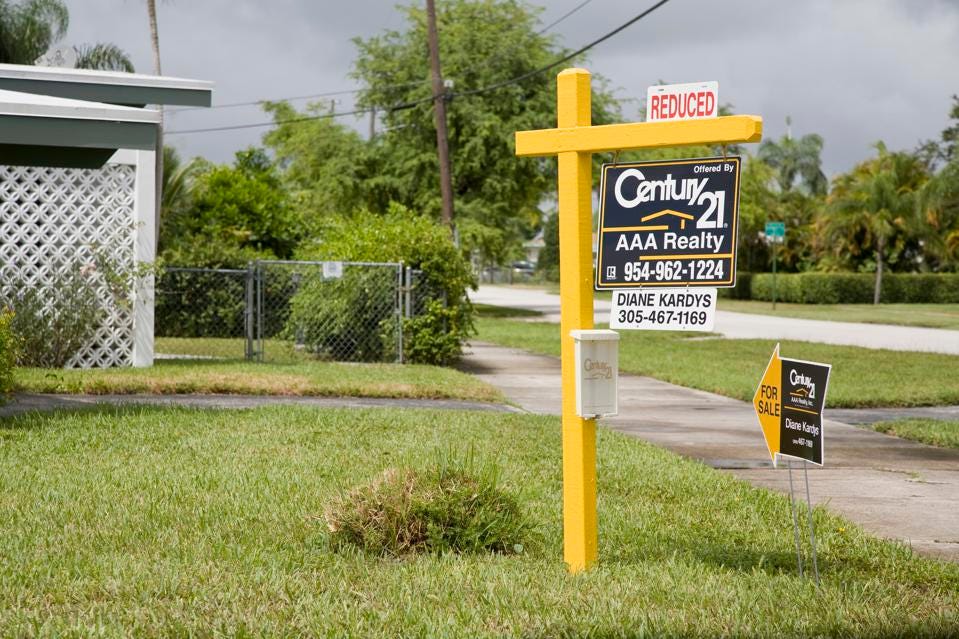Published by Forbes.com | August 4, 2022
The prospect of a big drop in home prices is becoming more and more likely.
Burned by a hot housing market, some frustrated home buyers may have hoped that sky-high listing prices are finally coming down to earth. Well, they are – sort of. It just depends on where you live.
To better understand the housing affordability situation, Fortune magazine reached out to Moody’s Analytics to get access to its latest proprietary housing analysis. Researchers at the financial intelligence firm calculated how home prices are likely to shift in 414 regional housing markets between the fourth quarter of 2022 and the fourth quarter of 2024.
Among the nation’s 414 largest housing markets, the Moody’s Analytics forecast model predicts that 210 markets are on the verge of seeing home prices decline over the coming two years and 204 markets are poised to see home prices rise over the coming two years.
The prospect of a big drop in house prices is becoming more and more likely as home sellers give in to the mounting pressure on affordability posed by June’s rapid mortgage rate hike.
Nationwide, home prices increased 18.3% year over year in June 2022, compared with June 2021, marking the 125th consecutive month of year-over-year increases, according to CoreLogic, a data analytics provider. Though annual appreciation was still strong, it slowed from the previous month for the second consecutive month, reflecting reduced buyer demand in part due to higher mortgage rates and worries about a slowing economy.
Lawrence Yun, chief economist at the National Association of Realtors, points out that the housing markets that have experienced price gains may find themselves at a pivotal moment.
“What I can say is that those markets that boomed were driven by strong local job creations and from new residents moving into those regions, including as retirees,” he said. “So, for places like Phoenix, Tampa and Boise, you may or may not see any meaningful price decline. They could also be primed for even more price gains.”
Yun added, “I cannot say, given such an extraordinary price growth in a short duration. But even if there were to be a price decline in these markets, it would not do any local economic damage given the strong housing wealth conditions of many local homeowners who had purchased many years ago. Even some renters may want to jump back into buying if there was a price decline.”
He said he would be more concerned about housing markets being able to weather the storm where job growth is not occurring and where they are losing remote workers to other locations.
In June, Realtor.com’s inventory data showed that about 15% of listed homes showed price reductions, double the share from last year. These trends are particularly visible in metropolitan areas that have seen an influx of residents and capital over the past couple of years, especially in the Sun Belt. Markets like Austin, Texas; Raleigh, North Carolina; Phoenix; the Lakeland-Winter Haven metro area in Florida; and Stockton, California are posting some of the highest gains in the number of homes for sale with price cuts.


